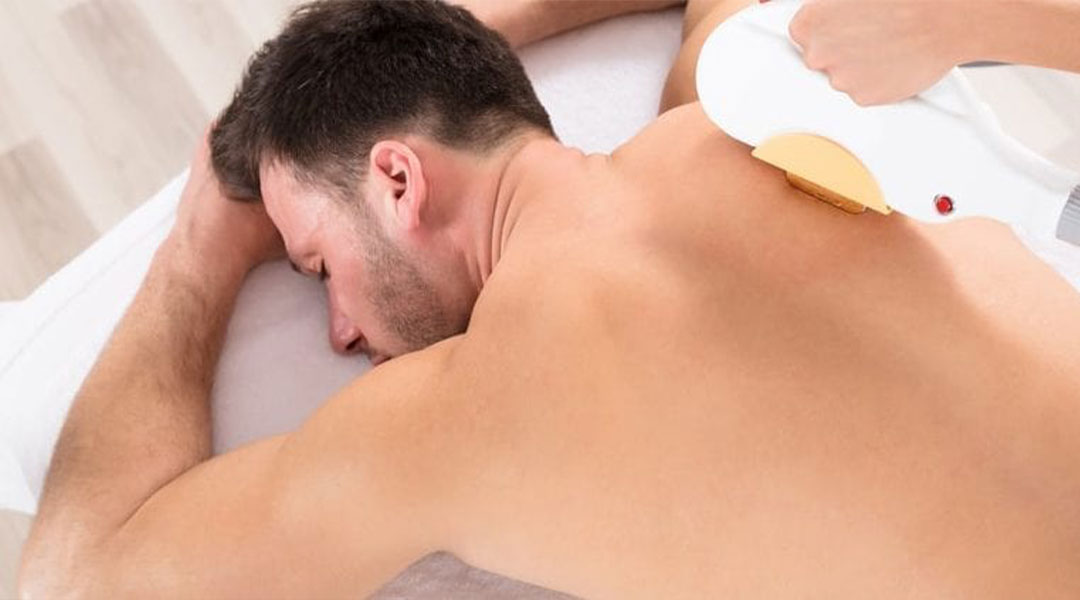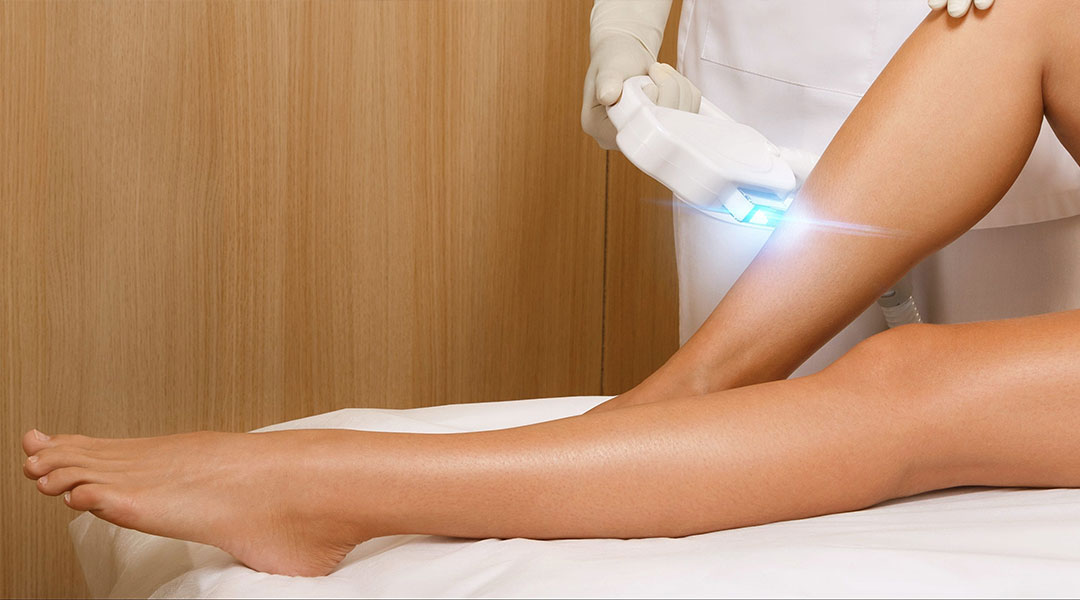
How do I prepare for laser hair removal?
Laser hair removal is a type of treatment that has been around for years now. Able to be performed on both the body and the face, it’s often seen as the way to get rid of shaving and waxing (and all of the pain associated with them), laser hair removal treatments can be carried out on both men and women and are capable of removing up to 90% of your unwanted bodily hair for good, but the results are just one aspect of the treatment. Preparation is just as important and many patients often find themselves asking “how do I prepare for laser hair removal?“
With Winter starting to thaw away and Spring rapidly approaching, more and more people will be starting to consider laser hair removal as a way to get rid of their unwanted hair before the warm summer months and beach holidays. However, a lot of people don’t actually realise that this type of treatment actually requires a bit of preparation beforehand and there are a few definite do’s and don’ts, so how should you prepare for a laser hair removal treatment?
Firstly, it’s important to understand how laser hair removal works to get rid of your body hair. Laser light is made up of a series of wavelengths and some of these are capable of being absorbed by the pigments found within the hair follicle. By being absorbed, this laser light is able to trigger a thermal reaction which destroys the hair follicles from within whilst causing no damage to the surface of the skin. This ultimately leads to the permanent removal of the bodily hair in the treated area, but because each individual hair is governed by its own growth cycle, it often takes around 6 treatments scheduled 8-10 weeks apart to get the best results.
So before you book yourself in for a treatment (and start planning to get rid of your hair for your big holiday or event), make sure that you follow the steps below to prepare correctly and start off on the right foot:
Stop waxing and plucking your hairs
To work, laser hair removal needs to be able to target the roots of the hair and if it can’t, then your hair is not getting removed. This is why multiple repeat sessions are required because some of your hairs will be just starting their growth cycle and starting out from the root whereas others will be fully grown and able to be permeated by the light. Because waxing and plucking pulls out the root as well as the hair, you really need to stop doing it around 4 to 6 weeks before your treatment date
Shaving is still okay though
Although it’s highly recommended to stop plucking and waxing due to the fact it removes the root, shaving actually leaves the roots intact and is essential to be performed around 24 to 48 hours before your treatment. Even if the hairs are invisible to the human eye, the laser light will still be able to target the pigment within the hair and the root. It also severely decreases the risk of burns as the majority of the hair will be below the surface of the skin.
Avoid exposure to the sun
For two weeks before your laser hair removal appointment, it’s vital that the area to be treated is kept out of the sun and this includes the use of tanning machines. By using them, it can actually cause discoloration in the skin after your treatment and sunburn can lead to excessive pain and blistering of the skin. Our professionals won’t even look to treat a client with the most minor of sunburn and will reschedule the appointment so if you need to be in the sun, make sure that you’re using sunscreen daily or keeping yourself covered up.
Fake tan is also a huge no-go when it comes to laser treatment, so you must be as pale as you possibly can be on the day of your appointment to ensure that you won’t be disappointed.
Don’t use any more bleach
As we explained earlier, laser hair removal works by targeting the pigment found within the roots of the hair. This pigment is what absorbs the laser light and ultimately destroys the hair. If you use bleach to alter the pigment, it makes it much more difficult for the laser light to target it effectively and can completely invalidate a treatment session. We recommend that if you do need to bleach your hair that you stop around 6 weeks before your treatment date to give the roots ample time to regrow in their natural colour.
Check out your medication
Some forms of medication can cause the skin to become more sensitive (especially if you have an underlying skin condition) whereas others can actually intervene with the success rate of the treatment. It’s very important to speak to a consultant about the medication you take before undergoing a laser hair removal treatment to ensure that you can continue to take them, especially if you are taking any form of antibiotics, birth control, acne or photosensitizing medications. You won’t necessarily have to stop taking them, however it may mean that your individual treatment needs to be adjusted accordingly.
Take off any makeup or skin creams
It’s possible that the ingredients found within some beauty products can affect the results of laser hair removal and they should be removed before each treatment. This includes things such as deodorant, lotions and creams (or anything else that can be topically applied to the area). Just use some soap and water to cleanse the skin and you should be good to go.
Avoid exercising and hot showers before and after
Both exercising and hot showers increase the temperature of your body, causing you to sweat and creating a breeding ground for bacteria. Combine this with the use of targeted laser light that heats up the follicles and it could lead to infection or even ingrown hairs. Although it’s more important to follow this after your treatment, we’d still advise you to avoid them on the day of your treatment.

If you follow these recommendations (as well as asking any necessary questions to your practitioner), it will significantly reduce the risk of any side effects caused by laser hair removal treatments and will give you the best possible results. The treatment itself should only take around 30 minutes a session so you’re likely to even be able to get it done during your lunch break, just make sure you’re ready because preparation is key!

